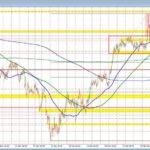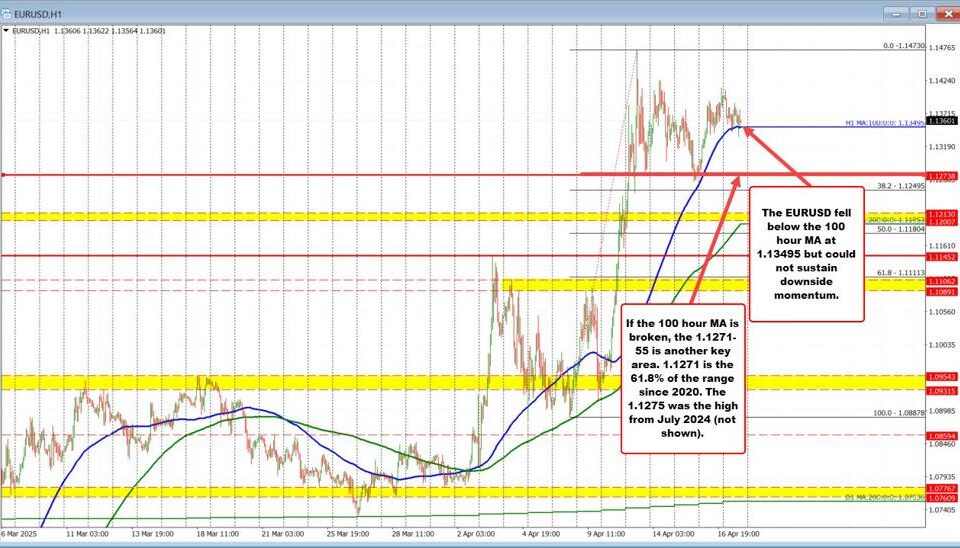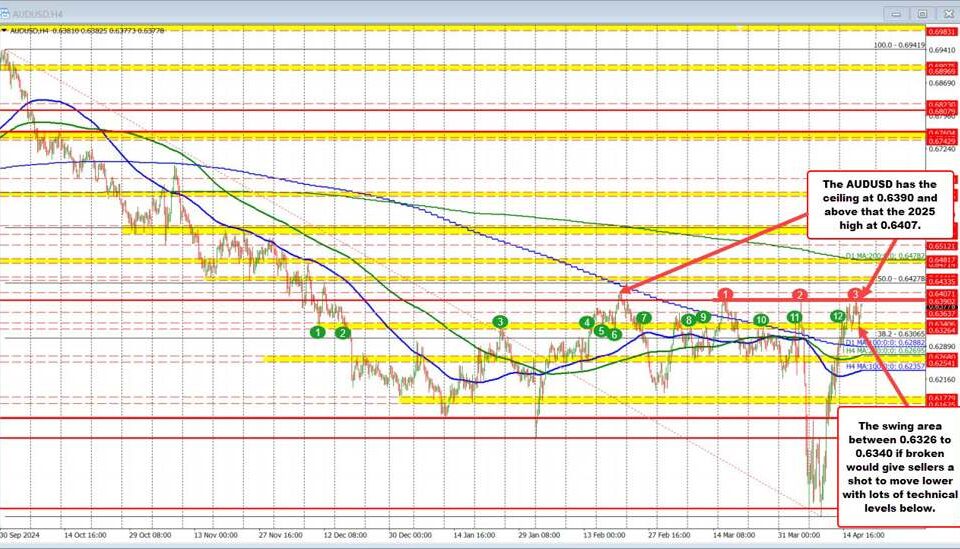U.S. March Budget Deficit Narrows: What It Means for Fiscal Health
Tháng 4 10, 2025
GBP/USD Forecast: Key Drivers Behind the Bulls in the Forex Market
Tháng 4 10, 2025Understanding USD/JPY Fluctuations: Insights for Traders
The foreign exchange market has exhibited notable fluctuations in the USD/JPY currency pair recently, creating an atmosphere of both concern and opportunity for traders and investors. As of April 10, 2025, the USD/JPY was trading around 146.77, having recovered from recent lows. Let’s delve deeper into the elements influencing this pair’s performance, focusing on technical indicators, fundamental factors, and what the future may hold.
Technical Indicators: Navigating Key Levels
A crucial aspect for traders is monitoring technical indicators closely. The current trading level of the USD/JPY pair is nearing essential thresholds. The 50-day Simple Moving Average (SMA) is situated at approximately 146.00, serving as a potential resistance level for upward price movements. Meanwhile, the 200-day SMA, positioned at 144.50, represents a longer-term support level. This suggests that while the price may face hurdles in surpassing the 146.00 mark, a dip towards the 144.50 level could provide robust buying opportunities for those anticipating a rebound.
Furthermore, the Relative Strength Index (RSI) is approaching 70, hinting at overbought conditions. Such indicators raise the possibility of a price pullback, especially if traders begin to lock in profits after a satisfactory rally. For a broader understanding of trading strategies, it’s worth looking at the analysis provided in the blog about the GBP/USD currency pair, which discusses neutral trading conditions and the importance of risk management strategies that can also apply to the USD/JPY pair. Read more here.
Fundamental Factors: The Yen’s Ascent Amid Economic Uncertainty
The recent strengthening of the Japanese Yen can be attributed to various fundamental factors. A rise in demand for safe-haven assets amid escalating global economic uncertainty has propelled the Yen’s value. Moreover, Japan’s recently released Producer Price Index (PPI) data has outperformed market expectations, which has spurred investor confidence in the Yen and further fueled its value against the U.S. dollar.
Even though the U.S. dollar traditionally enjoys support through interest rate differentials, the current market sentiment is skewed towards favoring the Yen. Analysts stress that this trend may influence ongoing trading decisions, making it imperative for traders to keep an eye on shifting economic indicators. For additional insights into the forex market, the analysis on the EUR/USD currency pair identifies bullish momentum amid consolidation, which may help traders understand the broader market behaviors relevant to the USD/JPY. Explore the analysis here.
Price Movement and Future Forecasting
Historically, the USD/JPY pair dropped below ¥145 as risk-off sentiment persisted. However, buyers have shown resilience, attempting to bolster the U.S. dollar against the yen. Such price dynamics showcase the volatile nature of forex trading, where market sentiment plays a pivotal role in short-term price actions.
As traders look ahead, methodologies such as Elliot Wave Theory and key Fibonacci levels might provide deeper insights into potential future movements. The likelihood of a bounce from lower Fibonacci retracement levels could emerge as traders closely analyze the broader market strategies in play. Additionally, understanding the US Dollar (USD) and Canadian Dollar (CAD) dynamics might provide a unique perspective, as highlighted in the blog analyzing neutral trends in that pair. This can be an important consideration for those involved in USD/JPY fluctuations. Learn more here.
In conclusion, the USD/JPY currency pair is currently at a pivotal juncture, influenced by numerous technical and fundamental factors. Traders must remain vigilant, employing a blend of technical analysis and awareness of economic news to navigate this fluctuating environment. As always, maintaining a robust risk management strategy will be paramount in protecting positions amid potential volatility. For now, the landscape appears dynamic, ready for both challenges and opportunities in the foreseeable future.



